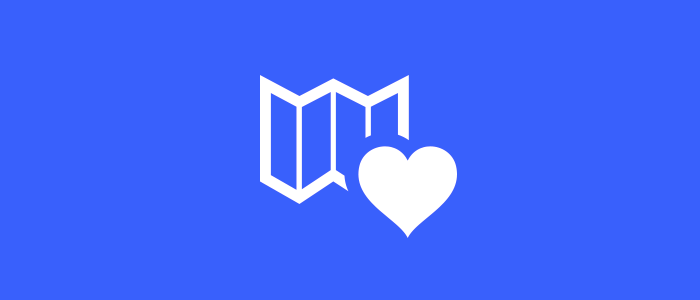
Paul Jarvis experiments with words and design. His latest book is called The Good Creative: 18 ways to make better art.
What’s a landing page?
It’s a page on your website that funnels a visitor to take one, specific action. Typically, landing pages drive mailing list signups with specific incentives (like free bonuses).
Landing pages work through elimination. They take out everything that’s not required (like navigation links, sidebars, footers, etc.) and put the focus completely on the intended action.
I use landing pages for books I write, my newsletter sign-up, for my consulting, and any new product/service I release.
Steps to properly craft a landing page
Focus on the one goal
Focus everything on the subscription form. Write the content to reveal why it makes sense to sign up, or what they’ll get if they do. Make the signup form the most visually contrasting part of the page. Make it a different colour, give it an outline, make it visible even if the reader was standing meters from their screen.
Be specific
Quickly define who your audience is (and who it’s not). List the specifics of the signup incentive, as well as the specifics of what you send to your list. Use social proof to highlight the value others have received by being on your mailing list.
Tell a story
Stories are more engaging and memorable than facts and stats (take that math class!). Why do you have a mailing list? Why are you offering the incentive you’re offering?
Leverage one of the three main types of stories in your content: David vs. Goliath (how you help the underdogs), Rags to riches (you’ll show someone how to make more money), and Overcoming obstacles (what pain you’re relieving for your audience).
Cater to your audience
Shift the focus from you, and your products, to your audience. Use language they understand and use, and write in terms of the benefits to them. What’s in it for them?
Stay honest
Just because you’re trying to grow your list, doesn’t mean you’ve gotta be a sleazy marketer. Use your own voice and tone. Get personal with your stories. Feature real results, real photography and real testimonials. Only make promises you know you can keep.
Be quick and clear
Get to the point quickly and use headlines that capture the main points, in case people skim. Don’t use large “impressive” words or industry jargon. Simple copy sells.
Eliminate
Landing pages shouldn’t have the same header and footer as the rest of your website. Remove them. Remove links to anything that doesn’t relate to your signup form.
The only thing you shouldn’t remove is white space. Stick to a single column for the design.
Match
If you’re using your landing page as the destination from paid ads, make sure the ad copy matches the headline copy. Use the same colours and photography from the ad for the landing page. Make people see the connection.
Promote
There’s no use in having landing pages if no one sees them. Drive traffic there by highlighting them in your newsletter, on social media (in updates and in your profile), in your email signature, on community websites, news aggregators (don’t spam!), in the byline of guest posts (make a landing page just for readers of that publication), and even through paid advertising if that’s your jam.
Key components of a landing page
Headline: What’s the biggest, specific benefit a reader will receive if they take action? Pose a question if applicable, then answer that question in the content below.
Content: Explain the value clearly, simply, and honestly. Keep it focused on the reader.
Proof: Offer the words of others that have enjoyed the incentive or your mailing list. Testimonials, reviews, short case studies, success stories and stats, even embedded tweets.
Images: What photography, drawing, chart, or product shot makes the offer more appealing or explains it best? Never use cheesy stock photography.
Action: Use a large, visually highlighted and contrasting signup form that calls the reader to action. Make sure your signup form uses as few fields as possible. An email address is necessary, name is optional, and anything else will lower conversion rates.
Questions to consider when creating a landing page:
Who do you want? Figure out the exact type of people you want as your audience for the page. Who are they? What do they value? What are they interested in? What gives them pain or stumps them?
What should they do? Sign up for the list, right? So focus everything about the page on making that signup happen.
What’s essential? Cut out any element or piece of content that doesn’t directly relate to your target audience taking action.
What’s the incentive? It’s not enough to offer an ephemeral bribe or a crappy ebook. Focus on what will keep them signed up. Can it be a drop course? What’s a quick solution to a common problem they have? What’s one thing you know that your audience doesn’t know, but should?
These steps should help you get the idea of what makes up a successful landing page. Remember: Keep it simple, succinct and explain everything you need to in as little as possible.
Read next: What’s more effective: Long or short landing pages?
Get the TNW newsletter
Get the most important tech news in your inbox each week.







